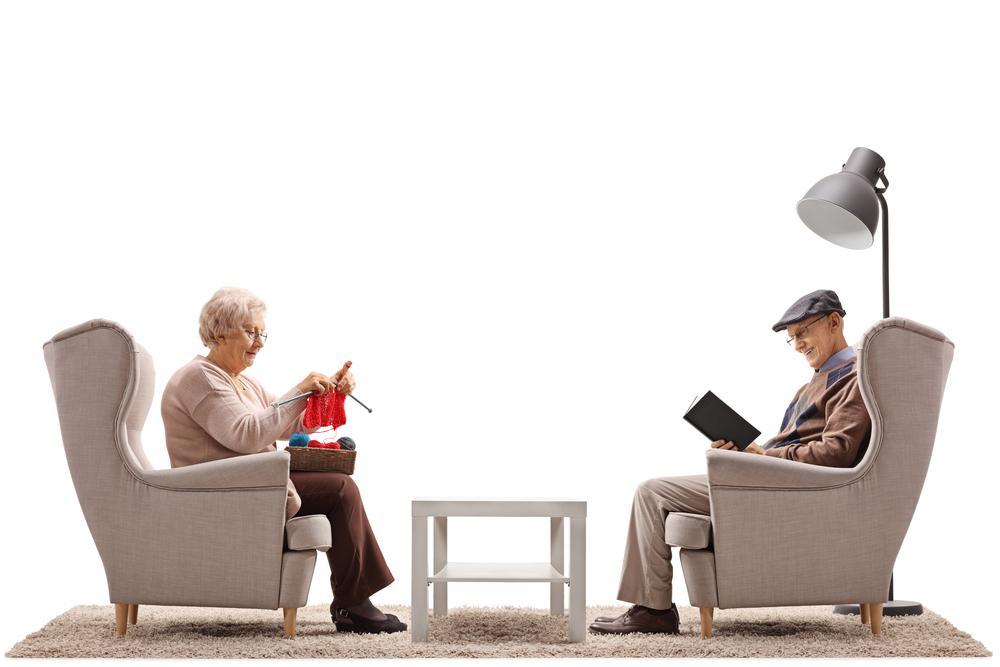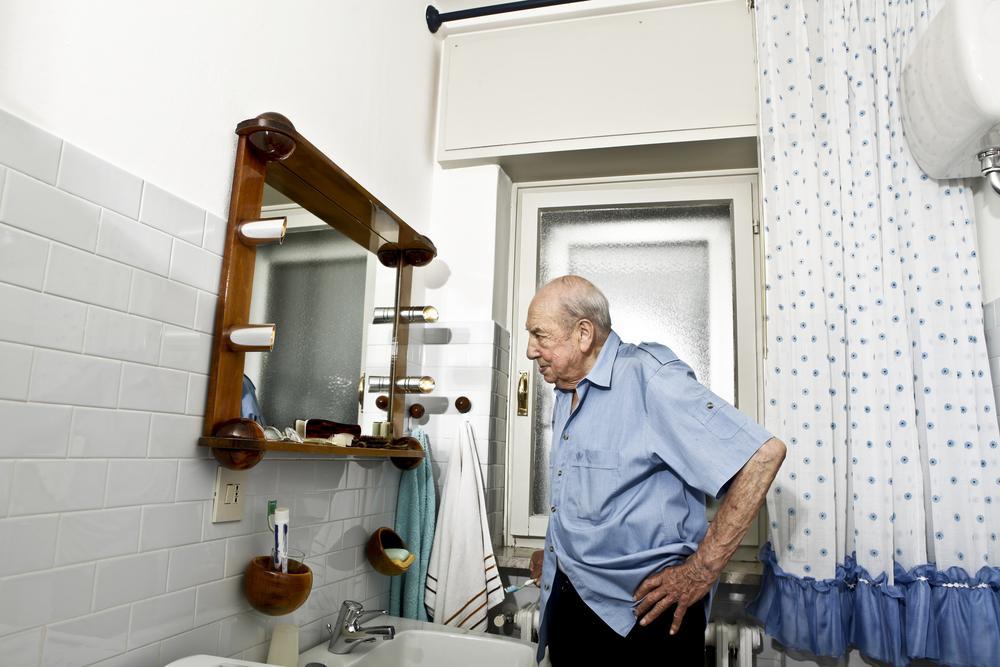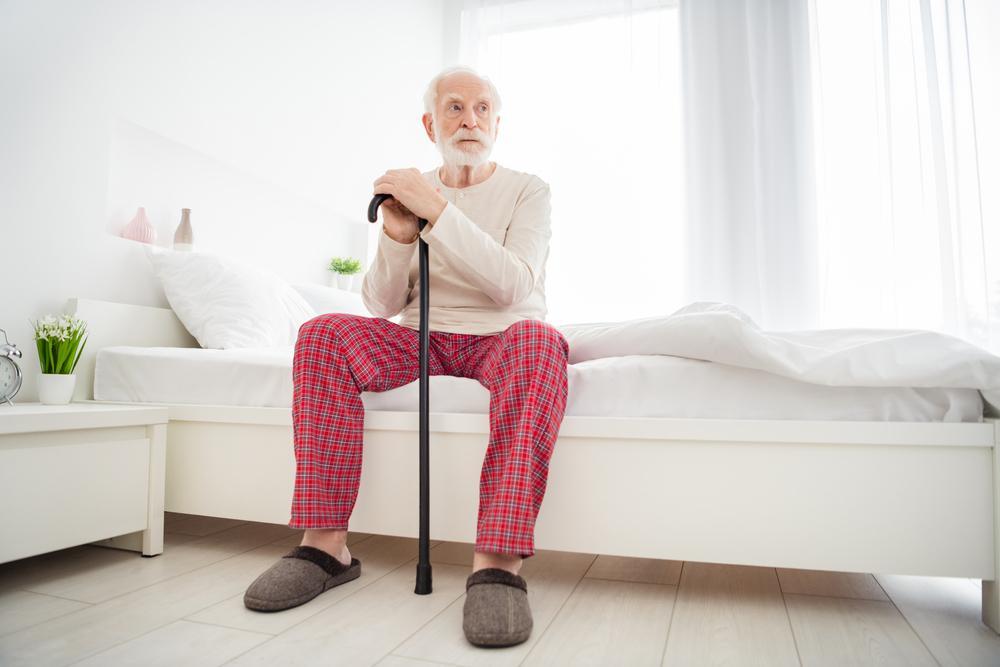If you’re planning on moving an elderly relative into your home, then you may be wondering which renovations and alterations to prioritize to best ensure your loved one’s safety and comfort.

The list below covers the basics that you may need to take care of in readiness for your relative’s stay, which takes into account the needs of those who may be frail, have mobility issues, or have memory problems. While the nature of the alterations needed will depend on the individual, this guide covers the most commonly required changes.
The Bathroom

This is one of the main rooms in the house that will likely need alterations to make it safe for your loved one. Consider installing comfort-height toilets, grip rails, and a walk-in tub or shower. You could also add a shower chair to your bathroom: this can help seniors who may find standing for long periods difficult; look for a chair with rubber cups on each leg to prevent it from slipping. A handheld, rather than fixed, shower head is also a safer choice and can be easily used in conjunction with a shower chair.
Adding non-slip flooring and a shower/tub mat are vital to guard against falls. A medical alert system that incorporates fall detection is another important way to keep your loved one safe; look for an option that features a waterproof wearable device, such as that provided by UnaliWear, which can be worn in the shower. Should the worst happen and a fall occur, the device will mean that help can be summoned quickly. Many medical alert systems also feature voice control, and some even incorporate medication reminders and GPS locating.
The Kitchen
Remodeling your kitchen may also be necessary. Think about installing bright lighting to help seniors who may be struggling with deteriorating eyesight, and ensure light switches are located at the entrance to the room.
Choose countertops with rounded edges that are in a different color or have a different pattern to the cupboards beneath to, again, assist those who are struggling with their eyesight and so may have trouble spotting things and identifying edges. If your loved one uses a wheelchair, then consider installing cabinets and countertops that are lower than the standard – go for about thirty inches as opposed to the usual thirty-six inches.
In terms of the sink, ensure that faucets can be easily reached and that the hot water is set to lukewarm to prevent the risk of scalds. A faucet with a sprayer attachment will likely make things easier and if your loved one uses a wheelchair, then consider freeing up space beneath the sink to make space for the chair to tuck in so that it can be used safely and comfortably.
The Living Room
Think about the living room in terms of trip hazards: ensure furniture is arranged so that your elderly relative can navigate the space safely, and ensure that there are no rugs with turned-up edges or trailing wires that could pose a risk. When considering ease of access, take into account the space needed to maneuver, for example, a wheelchair or a zimmer frame easily.
Check, too, for any uneven areas of flooring that could be a fall hazard: you could choose to move furniture to effectively block access to this part of the floor or use a ramp.
The Bedroom

As with other rooms, ensure that there are no trip hazards or obstacles present and keep the space clutter-free; good lighting is a must, too, and keep the most frequently used items easily accessible. Grab bars or bed rails can be helpful for your loved one to get in and out of bed comfortably and safely (and grab bars near the door may be useful, too), and you may also want to keep a walker next to the bed.
Depending on your loved one’s mobility, you may also want to consider a portable toilet to negate the need for potentially hazardous trips to the bathroom during the night.
The Stairs
Stairs can be a particular hazard for the elderly, but there are things that you can do to make things safer. A stairlift is a great option, especially for those seniors who may find going up and down the stairs exhausting.
Other safety solutions include installing sturdy, easy-grip handrails, anti-slip tape or carpet, and, of course, it is vital to make sure that no clutter or other trip hazards are left on or near to the stairs. While adequately lighting the stairs is vital, potential glare needs to be considered, which could cause visual confusion and lead to falls. Using matte paint and steering clear of shiny surfaces are a couple of easy ways to guard against this.
Safe Living
Use this guide to navigate the changes you may need to make to ensure your home is as safe as possible for your elderly relative; these alterations will help your loved one to enjoy life comfortably and safely and – vitally – will allow them to maintain as much independence as possible.
Images by Depositphotos





